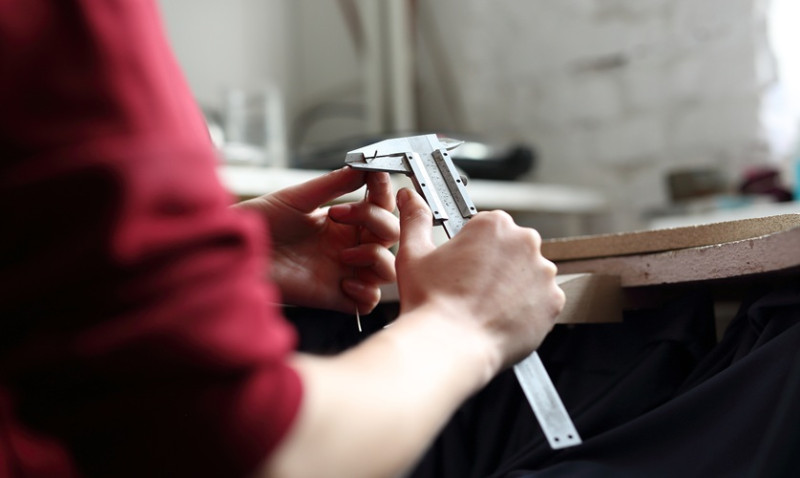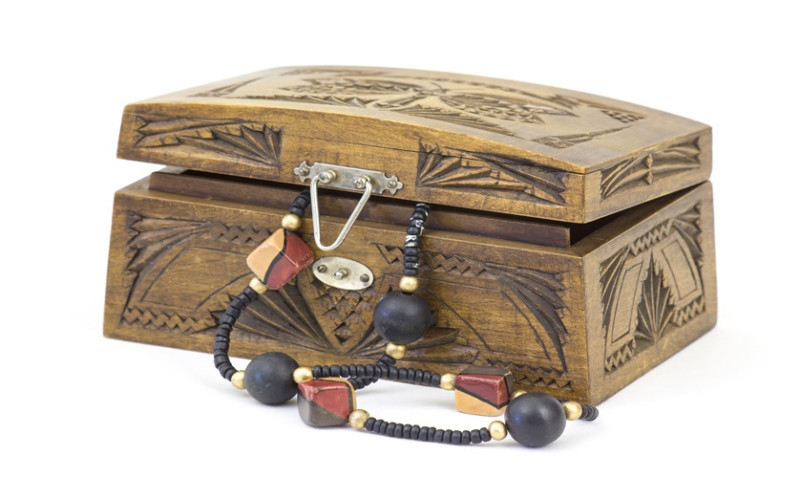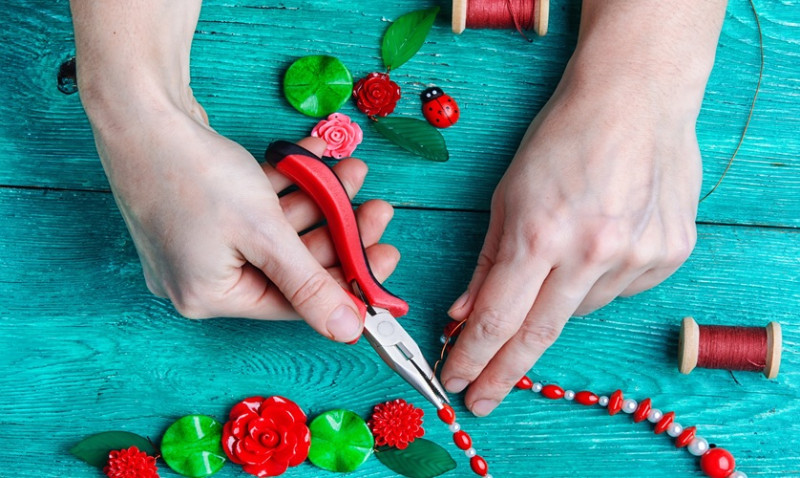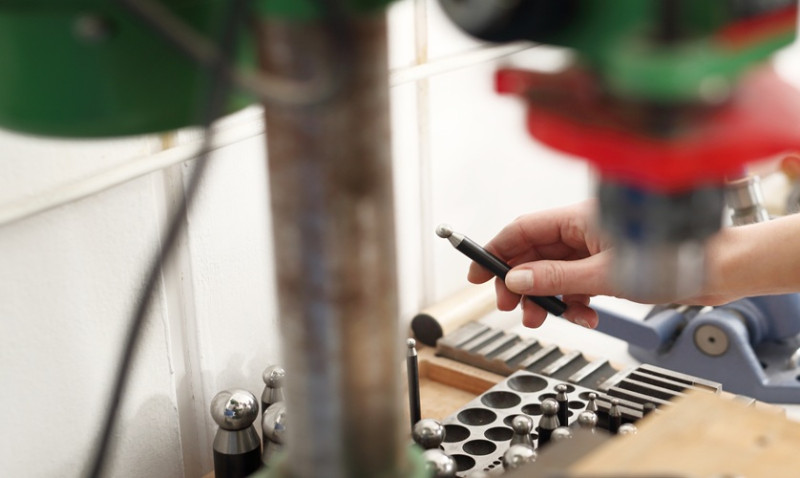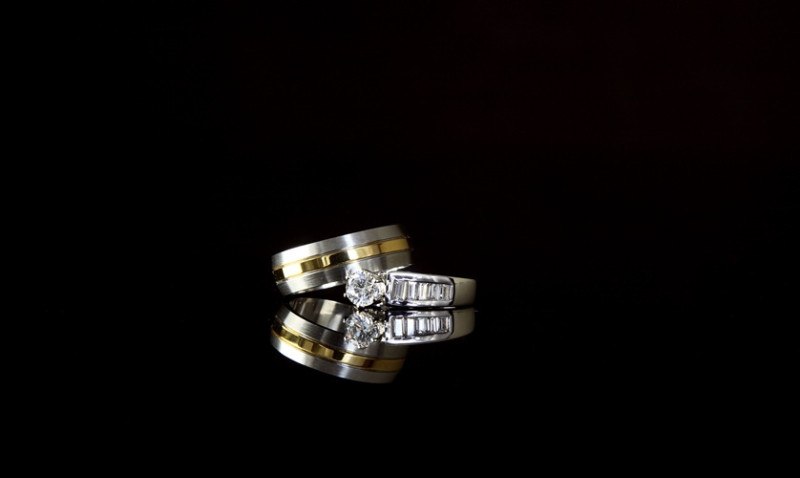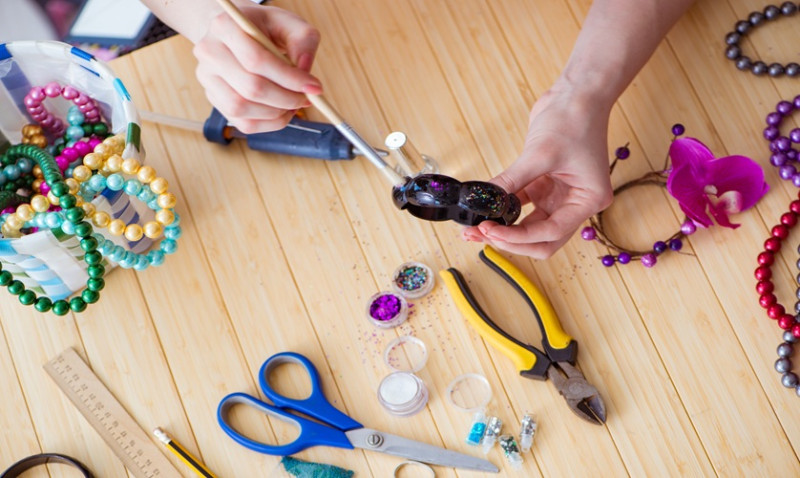
When it comes to starting your journey in jewelry making, mastering the art of wire looping is one of the most essential skills you’ll need to create professional-quality pieces. Whether you're a DIY enthusiast sprucing up your home décor with unique trinkets or a designer adding hand-finished details to your collection, knowing how to make a perfect loop can elevate your creations to a new level of craftsmanship.
While beginner kits often include basic round-nose pliers, many makers overlook the power of multi-step tools like the 6-step pliers. This versatile tool isn’t just for advanced users — in fact, it can help beginners achieve consistency, precision, and efficiency right from the start. Let’s dive into how you can use 6-step pliers to create perfect, professional-looking loops every time — and why they’re a must-have for your jewelry toolkit.
What Are 6-Step Looping Pliers and Why Use Them?
6-step looping pliers are a type of specialty pliers designed to help you create wire loops in multiple standard sizes with maximum consistency. Unlike traditional round-nose pliers, which require precise hand positioning to get loops the same size each time, these pliers feature six graduated cylindrical steps. Each step corresponds to a different loop diameter, commonly ranging from 2mm to 9mm.
These pliers are perfect for wirework projects such as creating eye pins, wrapping beads, constructing chain links, or forming jump rings. The main advantage is repeatability — no more guessing or re-measuring. For beginners, they eliminate frustration and keep your designs clean, balanced, and professional-looking.
If you’re someone who values efficiency and consistency, especially when making multiple components as part of a collection, the 6-step pliers will quickly become your favorite tool. They're also great for anyone with hand fatigue, as they minimise the physical tweaking needed to get perfect results.
Each step on the pliers offers a quick reference for varying loop sizes, making them ideal for layered designs or mixed styles. This is especially useful for UK-based crafters and professionals who may be creating elegant items for boutiques, galleries, or online stores like Etsy or Notonthehighstreet.
How to Use Your 6-Step Pliers to Make the Perfect Loop
Making a loop with your 6-step pliers is easier than you might think. Whether you're working with copper, sterling silver, plated wire, or gold-fill, the process remains the same — and the results are remarkably consistent. Let’s break it down step by step:
- Choose Your Wire: For beginners, start with 20-24 gauge craft wire. It’s soft, forgiving, and easy to manipulate.
- Cut to Length: Use flush cutters to snip your wire to the desired length. Around 3 inches is a good baseline for practicing loops.
- Select the Step: Decide how large you want your loop to be and select the appropriate cylindrical jaw from your 6-step pliers. Each one is clearly graduated and easy to identify by sight or feel.
- Grip the Wire: Place the end of the wire flush against the selected step, making sure there’s no excess sticking out.
- Roll Into a Loop: Gently rotate the pliers away from you, forming a circular loop around the jaw. Keep a steady hand and even pressure for best results.
- Adjust If Necessary: Your loop should now be nearly perfect. If there are any slight misalignments, use chain-nose pliers to tweak it into place without marring the surface.
Once you've mastered the basic loop, you can move on to wrapped loops, double loops or even use the larger steps to form consistent jump rings and links for more complex pieces. Practice makes perfect — and the more you use the 6-step pliers, the faster and more precise your results will become.
Advantages of Using 6-Step Pliers Over Basic Round-Nose Pliers
One of the biggest frustrations for beginners using round-nose pliers is inconsistency. It’s challenging to remember exactly where on the jaw you made the last loop, especially when creating a series of matching components. That’s where 6-step pliers shine. Each cylindrical section is uniform, making it incredibly easy to replicate the same loop size again and again — a huge win when you’re mass-producing earrings, making uniform chain links, or building symmetrical designs.
Looping with these pliers also cuts down on time and waste. You’re less likely to waste wire on imperfect loops or misaligned wraps. This efficiency saves money and makes your crafting more sustainable, a feature increasingly appreciated by ethically-minded creatives across the UK.
Another key benefit is the ergonomic grip and comfortable handle design, as many 6-step pliers are crafted for daily use. This is particularly beneficial for UK-based professionals, tradespeople, or small business owners producing items regularly for sale or exhibition.
Common Mistakes to Avoid When Making Loops
Even with the best tools, it’s easy to make small errors when forming loops. Here are some common pitfalls — and how to avoid them:
- Using the Wrong Wire Gauge: Too thick, and the loop won’t form cleanly. Too thin, and the loop may lose its shape. Stick to 20-24 gauge until you’re confident.
- Not Centering the Wire Properly: If your wire isn’t flush with the plier jaw, your loop could be off-centre. Make sure the wire end is exactly flush for best results.
- Over-Rotating: Rotate only enough to form the loop without creating overlapping wire. Listen to the resistance of the wire; less is more.
- Ignoring Wire Type: Some wires, like stainless steel, are tougher and may require more pressure. Always match your pliers and technique to your wire.
Who Should Use 6-Step Looping Pliers?
These versatile pliers are ideal for a range of users:
- DIY Home Décor Enthusiasts: Create custom curtain tie-backs, bead-adorned drawer pulls, and other decorative wire elements.
- Young Professionals Refreshing Their Space: Add bespoke style to planters, wall art, or picture frames with jewelry-style wire accents.
- Architects and Interior Designers: Use handmade jewelry elements like beaded chains or wire wraps to enhance bespoke installations.
- Professional Tradesmen: Incorporate custom-made wire loops and findings into fixtures, lighting displays, and shop fits for artisan-level detailing.
Because of their straightforward usability, 6-step pliers offer the perfect balance between beginner simplicity and professional-grade results. Whether your projects are part of a passion or a business, this tool provides seriously helpful support with every wire wrap.
Choosing the Best 6-Step Pliers in the UK
When shopping for 6-step pliers in the UK, it’s important to choose a high-quality professional tool that will withstand frequent use. Look for brands with stainless steel jaws, smooth cylindrical shaping, and comfortable, non-slip grips. Some UK suppliers even offer versions with colour-coded handles for fast size recognition — a small detail that can save big time.
Additionally, shop from reputable suppliers who specialise in jewelry tools and offer good after-sales support. Online marketplaces like Cookson Gold, Cooksongold, Kernowcraft or even Etsy (from verified UK sellers) often list tool specs and customer reviews.
If you’re still building your kit, consider bundles that include matching flush cutters, chain nose pliers, and nylon jaw pliers so that you can protect your wire surfaces. Many UK craft stores now offer tool kits tailored to home businesses or boutique makers.
Final Thoughts
Learning how to master the perfect wire loop is a transformative skill in jewelry making, and your 6-step looping pliers can become your best creative companion. They offer the consistency, control, and confidence every beginner needs, while still providing the versatility required by professionals.
So whether you're designing earrings for a friend, crafting house-warming gifts, or adding hand-made details to a designer interior, don’t underestimate what a simple tool can do. With your 6-step pliers in hand and a bit of practice, you’re well on your way to producing stunning, well-crafted, and unique jewelry and wire art pieces right here in the UK.

